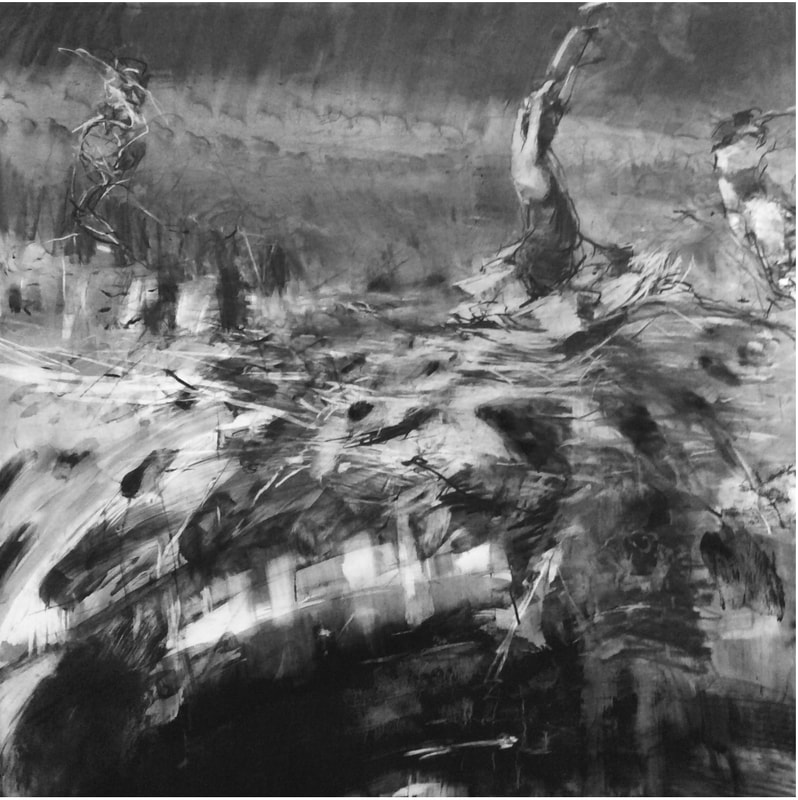

- #How was caesium discovered license
- #How was caesium discovered series
- #How was caesium discovered download
You may browse, download or print out one copy of the material displayed on the Site for your personal, non-commercial, non-public use, but you must retain all copyright and other proprietary notices contained on the materials. The RSC maintains this Site for your information, education, communication, and personal entertainment.
#How was caesium discovered license
The RSC has been granted the sole and exclusive right and licence to produce, publish and further license the Images. This Site has been carefully prepared for your visit, and we ask you to honour and agree to the following terms and conditions when using this Site.Ĭopyright of and ownership in the Images reside with Murray Robertson. Welcome to "A Visual Interpretation of The Table of Elements", the most striking version of the periodic table on the web. Images © Murray Robertson 1999-2011 Text © The Royal Society of Chemistry 1999-2011 They named the new element caesium because of the distinct blue lines in the spectrum.
#How was caesium discovered series
When examining the spectrum of the residue from some spa mineral water, Bunsen and Kirchhoff found a series of lines that did not correspond to any known element. Each element has its own unique spectrum of lines, like a rainbow barcode. The spectroscope splits up the light with a prism and reveals a spectrum consisting of series of sharp coloured lines. When they return to their lower energy states, energy is released in the form of light. When atoms are energetically excited, for instance when a compound is introduced into a flame, electrons can temporarily be promoted to higher energy levels. The previous year they had invented an instrument known as a spectroscope to help in chemical analysis. Caesium was discovered in 1860 by Robert Bunsen (he of the burner fame) and physicist Gustav Kirchhoff. Not for its eyes (it's only an element!) but less romantically for the appearance of its emission spectrum in the spectroscope. Political stability of top reserve holderĪ percentile rank for the political stability of the country with the largest reserves, derived from World Bank governance indicators.Ĭaesium gets its name from the Greek for heavenly blue. The higher the value, the larger risk there is to supply.Ī percentile rank for the political stability of the top producing country, derived from World Bank governance indicators. The percentage of the world reserves located in the country with the largest reserves. The higher the value, the larger risk there is to supply. The percentage of an element produced in the top producing country. Low = substitution is possible with little or no economic and/or performance impact Medium = substitution is possible but there may be an economic and/or performance impact High = substitution not possible or very difficult. The availability of suitable substitutes for a given commodity. A higher recycling rate may reduce risk to supply. The percentage of a commodity which is recycled.

The number of atoms of the element per 1 million atoms of the Earth’s crust. This is calculated by combining the scores for crustal abundance, reserve distribution, production concentration, substitutability, recycling rate and political stability scores. The Chemical Abstracts Service registry number is a unique identifier of a particular chemical, designed to prevent confusion arising from different languages and naming systems.ĭata for this section been provided by the British Geological Survey.Īn integrated supply risk index from 1 (very low risk) to 10 (very high risk). Where more than one isotope exists, the value given is the abundance weighted average.Ītoms of the same element with different numbers of neutrons. This is approximately the sum of the number of protons and neutrons in the nucleus. The mass of an atom relative to that of carbon-12. The transition of a substance directly from the solid to the gas phase without passing through a liquid phase.ĭensity is the mass of a substance that would fill 1 cm 3 at room temperature.

The temperature at which the liquid–gas phase change occurs. The temperature at which the solid–liquid phase change occurs. The arrangements of electrons above the last (closed shell) noble gas. These blocks are named for the characteristic spectra they produce: sharp (s), principal (p), diffuse (d), and fundamental (f). The atomic number of each element increases by one, reading from left to right.Įlements are organised into blocks by the orbital type in which the outer electrons are found. Members of a group typically have similar properties and electron configurations in their outer shell.Ī horizontal row in the periodic table.


 0 kommentar(er)
0 kommentar(er)
